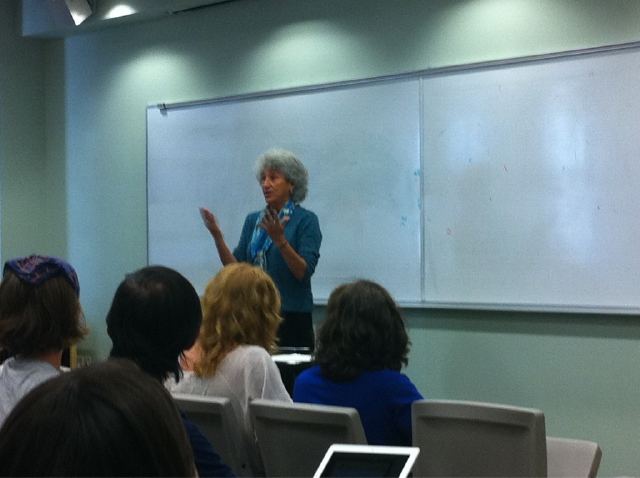Sales of organic foods continue to increase at a faster pace than sales of conventional foods. This alone makes people suspicious of the organic enterprise.
Another reason is confusion about what organic production methods are, exactly. If you are part of the food movement, you probably want your foods to be organic, local, seasonal, and sustainable. You might also want them produced by farm workers who have decent wages and living conditions.
Unfortunately, these things do not necessarily go together.
- Organic means crops grown without artificial pesticides, fertilizers, GMOs, irradiation, or sewage sludge, and animals raised without hormones or antibiotics. Certified Organic methods follow specific rules established by USDA.
- Local means foods grown or raised within a given radius that can range from a few to hundreds of miles (you have to ask).
- Seasonal refers to food plants eaten when they are ripe (and not preserved or transported from where they were grown).
- Sustainable means—at least by some definitions—that the nutrients removed from the soil by growing plants are replenished without artificial inputs.
That these are different is illustrated by a recent article in the New York Times about industrial organic production in Mexico. The story makes it clear that organics do not have to be local, seasonal, sustainable, or produced by well paid workers.
While the original organic ideal was to eat only local, seasonal produce, shoppers who buy their organics at supermarkets, from Whole Foods to Walmart, expect to find tomatoes in December and are very sensitive to price. Both factors stoke the demand for imports.
Few areas in the United States can farm organic produce in the winter without resorting to energy-guzzling hothouses. In addition, American labor costs are high. Day laborers who come to pick tomatoes in this part of Baja make about $10 a day, nearly twice the local minimum wage. Tomato pickers in Florida may earn $80 a day in high season.
The cost issues are critical. Dairy farms in general, and organic dairy farms in particular, are entirely dependent on the cost of feed for their animals, and the cost of organic feed has become almost prohibitively expensive. This has caused organic dairy producers to cut back on production or go out of business. As another New York Times article explains,
The main reason for the shortage is that the cost of organic grain and hay to feed cows has gone up sharply while the price that farmers receive for their milk has not.
While the shortage may be frustrating for consumers, it reveals a bitter truth for organic dairy farmers, who say they simply need to be paid more for their milk.
Why is the price of feed rising? Simple answer: because 40% of feed corn grown in the United States is being used to produce biofuels.
Why do farmers grow corn for biofuels? Because the government gives them tax credits and other subsidies to do so.
But in a small step in the right direction, the ethanol tax credit program was allowed to expire last week,”ending an era in which the federal government provided more than $20 billion in subsidies for use of the product.”
One person quoted in the article connected the dots:
Production of ethanol, with its use of pesticides and fertilizer and heavy industrial machinery, causes soil erosion and air and water pollution. And it means that less land is available for growing food, so food prices go up.
Organics do not exist in isolation. Their production is connected to every other aspect of the food system.
Wouldn’t it be nice to have a food system that promoted organic, local, seasonal, sustainable agriculture and paid farm workers a living wage?
Wouldn’t it be nice if the 2012 Farm Bill supported that kind of a food system if not instead of than at least along side of the one we have now?
I will be watching to see what Congress does with the Farm Bill. Stay tuned.





